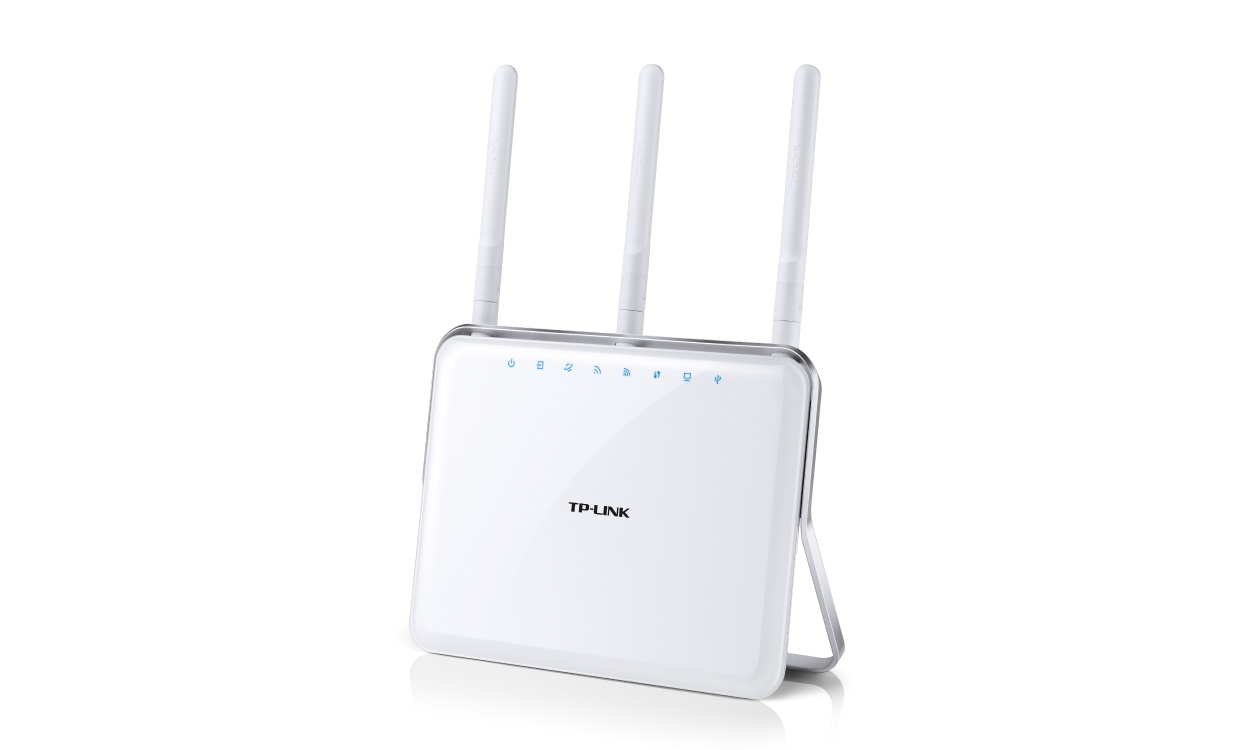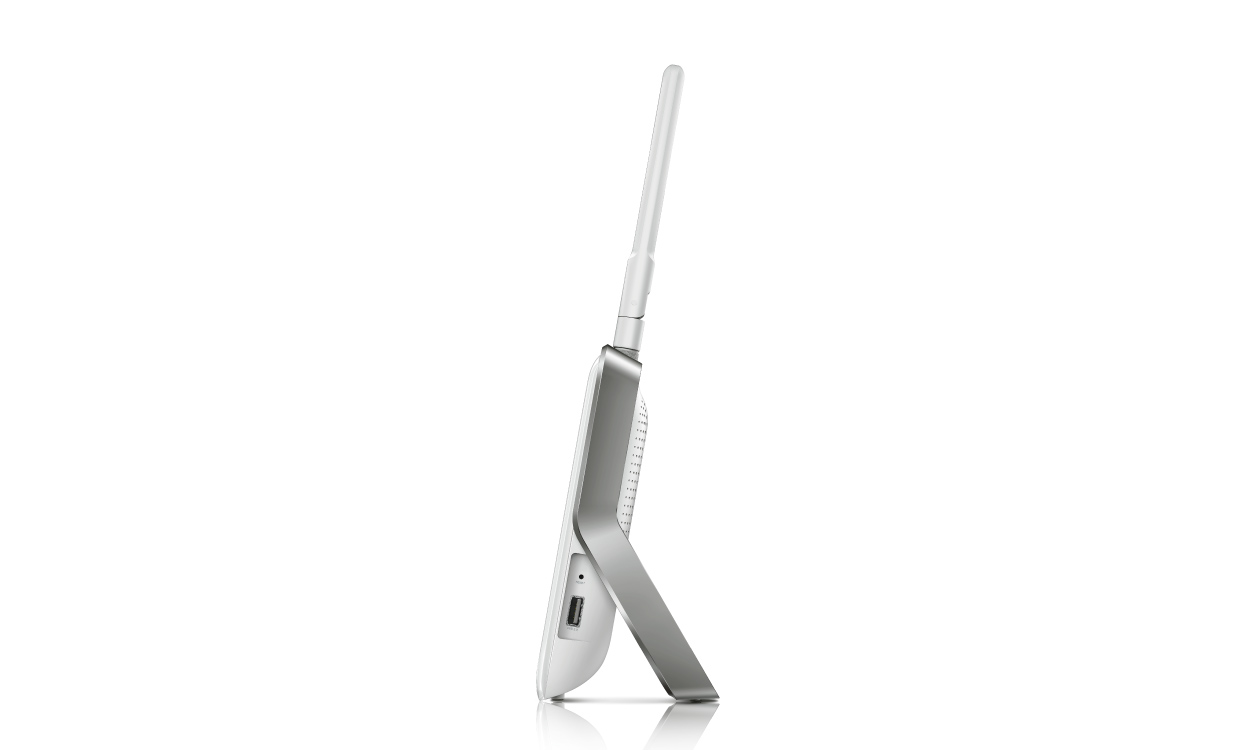TP-Link Archer D9 AC1900 ADSL2+ Modem Router review
It's nothing spectacular but offers solid performance nonetheless

If you need an ADSL router with good, though not spectacular, wireless performance and would find the ability to - slowly - share USB storage devices or printers with other systems around the house, the TP-Link Archer D9 is a solid choice. There are cheaper options, however.
-
+
Fast wireless connectivity; small footprint; USB ports are a bonus.
-
-
File sharing performance is slow; media sharing is buggy; illegal Wi-Fi defaults; TP-Link's user interface could do with an overhaul.

Additional features include DLNA media sharing - but with caveats - along with simple parental controls for up to four MAC addresses, dynamic DNS through No-IP or DynDNS, and a conditional pool for the DHCP server which allows selected vendor IDs to be grouped together.
Overall
The wireless performance of the Archer D9 is good, but nothing particularly special - despite the promise of beam-forming technology to extend its range. While it managed to provide a measurably stronger signal than a rival device on the 5GHz band, its 2.4GHz signal was weaker - likely a trade-off in the dual-band antennas supplied with the unit.

The file-sharing feature is of less use. Security concerns about the default configuration aside, the USB 3.0 port is more of a gimmick than a real feature: a USB flash drive which can write at 21MB/s and read at 42MB/s locally was connected to the Archer D9 and accessed via CIFS, but slowed to just 11.6MB/s write and 20MB/s - around half its usual performance.
The DLNA server, too, is buggy: as with previous TP-Link routers, it treats MP4 files as audio rather than video preventing them from playing back on client devices. While the solution is simple enough - rename the file - it's an annoyance that TP-Link really should have fixed by now.Finally, there's the matter of price.
While the Archer D9's 165.99 recommended retail price compares well to its rivals, the actual selling prices of each are far closer. The Archer D9 can be found on Amazon for 145.98 at the time of writing, while the Netgear R7000 Nighthawk can be had for 149.99, the Asus RT-AC68U for 159.98, and the Linksys EA6900 for just 129.99 - dramatically undercutting the TP-Link.
Verdict
If you need an ADSL router with good, though not spectacular, wireless performance and would find the ability to - slowly - share USB storage devices or printers with other systems around the house, the TP-Link Archer D9 is a solid choice. There are cheaper options, however.
Modem: ADSL2+ (1x RJ11 port)
Wired Networking: 4x gigabit Ethernet ports (3x LAN, 1x WAN in Ethernet router mode)
Wireless Networking: 802.11b/g/n 2.4GHz 600Mb/s, 802.11a/n/ac 5GHz 1,900Mb/s
Antennas: 3x external, RP-SMA connectors
Power: 12v, 3.3A (PSU supplied)
Additional Ports: 1x USB 3.0, 1x USB 2.0
Features: Firewall, DDNS, parental controls, PPTP, L2TP, and IPSec pass-through, guest wireless network, network isolation, bandwidth control, traffic prioritisation, remote logging, printer sharing, CIFS (Samba) file sharing, FTP file sharing, DLNA media streaming, port forwarding, MAC filtering, CWMP configuration, DHCP with conditional pool.
Get the ITPro daily newsletter
Sign up today and you will receive a free copy of our Future Focus 2025 report - the leading guidance on AI, cybersecurity and other IT challenges as per 700+ senior executives
Gareth Halfacree is an experienced tech journalist and IT professional, and has been writing since 2006. In addition to contributing article for ITPro, Gareth has been featured in publications such as PC Pro, Techmeme, The Register, The MagPi, and Tom’s Hardware.
In addition to his digital articles, Gareth is the author of several best-selling books. These include the Raspberry Pi User Guide, an essential text for those looking to get started with their Raspberry Pi, as well as The Official Raspberry Pi Beginner’s Guide. Gareth also wrote the Official BBC micro:bit User Guide, a comprehensive guide to setting up the pocket-sized computer, learning to code on it, and even creating your own hardware addons.
-
 Cleo attack victim list grows as Hertz confirms customer data stolen – and security experts say it won't be the last
Cleo attack victim list grows as Hertz confirms customer data stolen – and security experts say it won't be the lastNews Hertz has confirmed it suffered a data breach as a result of the Cleo zero-day vulnerability in late 2024, with the car rental giant warning that customer data was stolen.
By Ross Kelly Published
-
 Women show more team spirit when it comes to cybersecurity, yet they're still missing out on opportunities
Women show more team spirit when it comes to cybersecurity, yet they're still missing out on opportunitiesNews While they're more likely to believe that responsibility should be shared, women are less likely to get the necessary training
By Emma Woollacott Published
-
 OpenAI wants developers using its new GPT-4.1 models – but how do they compare to Claude and Gemini on coding tasks?
OpenAI wants developers using its new GPT-4.1 models – but how do they compare to Claude and Gemini on coding tasks?News OpenAI says its GPT-4.1 model family offers sizable improvements for coding, but tests show competitors still outperform it in key areas.
By Ross Kelly Published